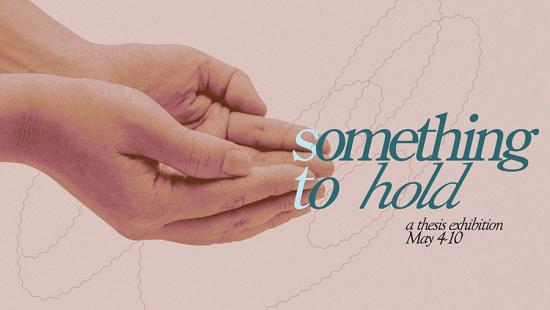Group Exhibition: I Dream of Horses Eating Cops

Zobo (2024), silk screen, 42" x 6'. photo / Carlos Avendaño @avendano_photography; Courtesy of The Fabric Workshop and Museum @fabricworkshop.
Exhibition Abstract
I Dream of Horses Eating Cops is a multi-disciplinary textile exhibition that brings together the works of three artists: Havily Nwakuche (Nigeria), Rania Amalia Shah (India), and Isabel Padilla Bonelli (Puerto Rico). Curated by Nwakuche, the exhibition retraces the paths of colonization through the fabric traditions of India, Nigeria, and Puerto Rico. These artists explore fabric as a vessel of material culture and identity, confronting and reclaiming histories affected by colonial legacies. The exhibition's title, inspired by the poem I Dream of Horses Eating Cops by Joshua Jennifer Espinoza, evokes defiance, liberation, and survival. Espinoza's imagery, rooted in resistance, complements the exhibition's emphasis on resilience within cultural identities that have survived colonial violence and erasure.
Exhibitor Biographies
Havily Nwakuche's (B.F.A. '25) work reflects on personal and cultural memory through fabrics. She merges her research on Igbo textiles with a modern response to fabric production. Her fabrics, reminiscent of vibrant family gatherings from her childhood, incorporate motifs from archival family photographs, traditional Nigerian patterns, and Western prints.
Rania Amalia Shah's (B.F.A. '27) textile-based works draw on Indian block printing and sewing techniques, reconnecting with cultural heritage often disrupted by Western assimilation pressures. Shah's work reflects a dual commitment: preserving Indian cultural forms and celebrating Queer life and its coexistence with heritage.
Isabel Padilla Bonelli (B.F.A. '23) examines how architectural elements like rejas (gates) in Puerto Rican homes symbolize both protection and restriction, resonating with her reflections on cultural identity. She uses the language of textiles to explore home, memory, and colonial architecture's implications in Puerto Rico. By investigating rejas as both practical and decorative structures, her work delves into the boundaries that "gatekeep" Puerto Rican identity.







